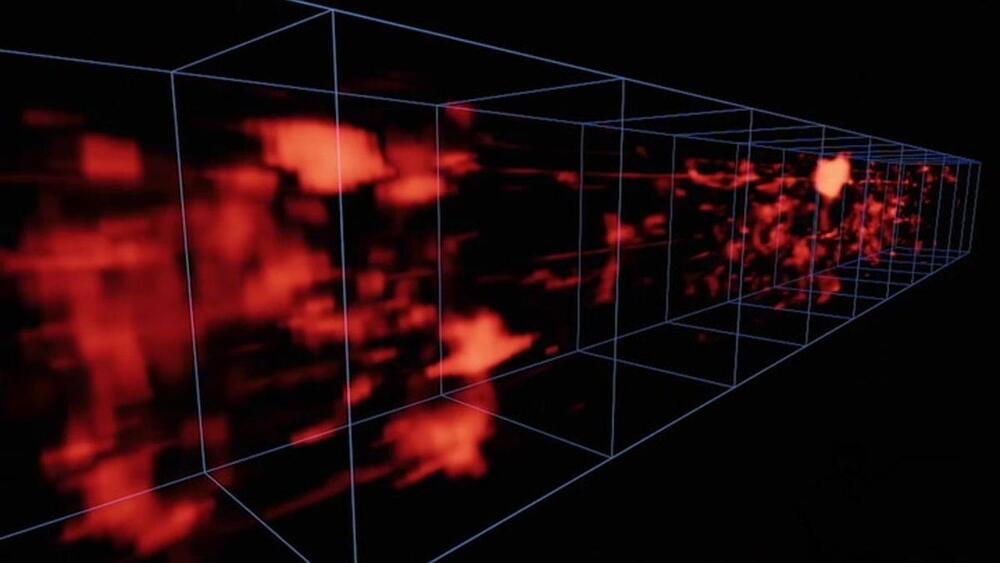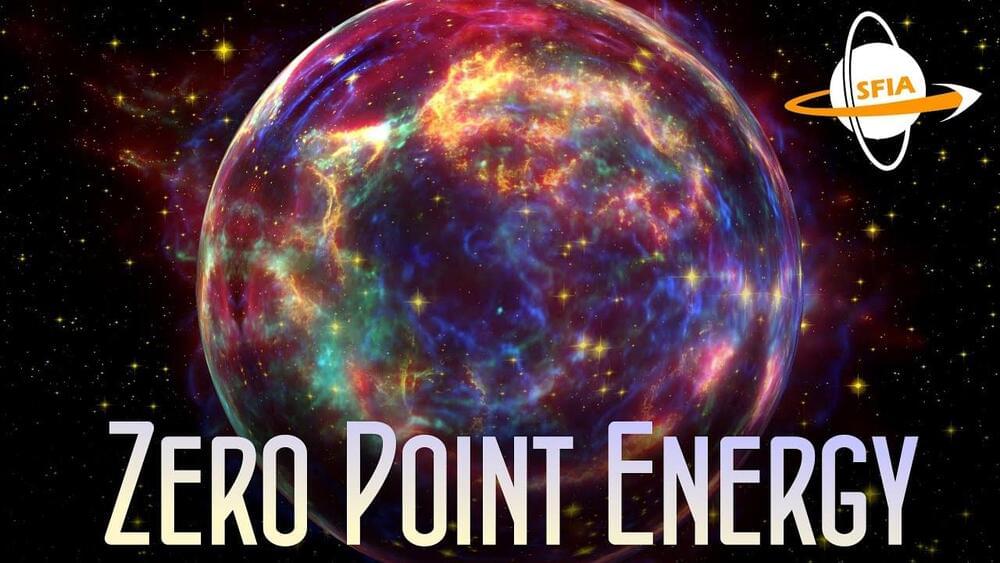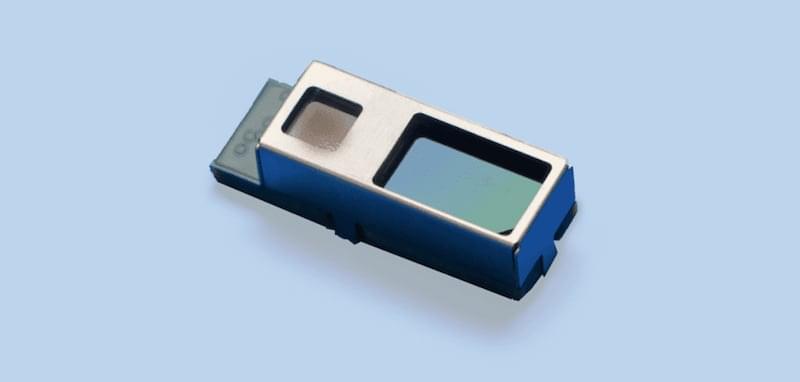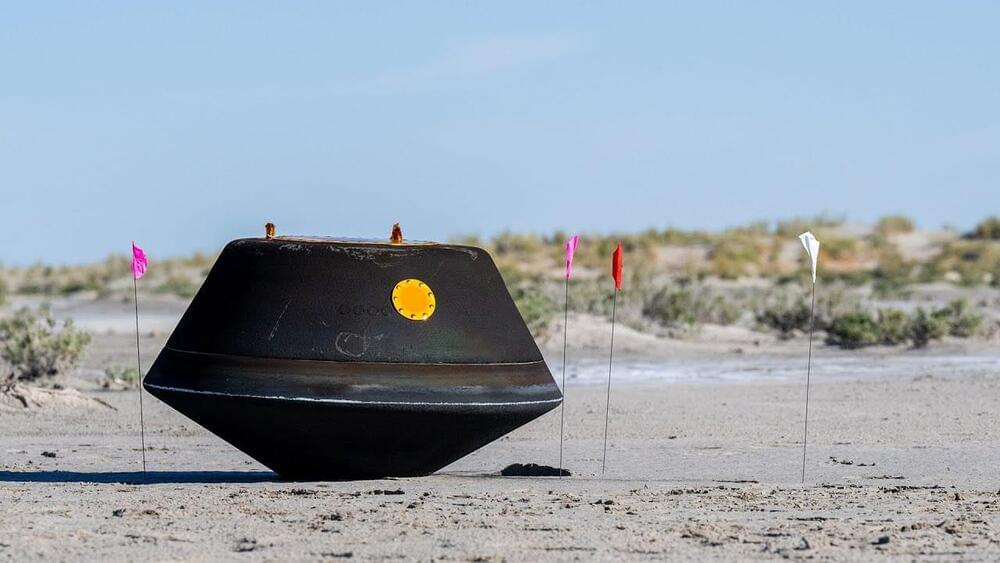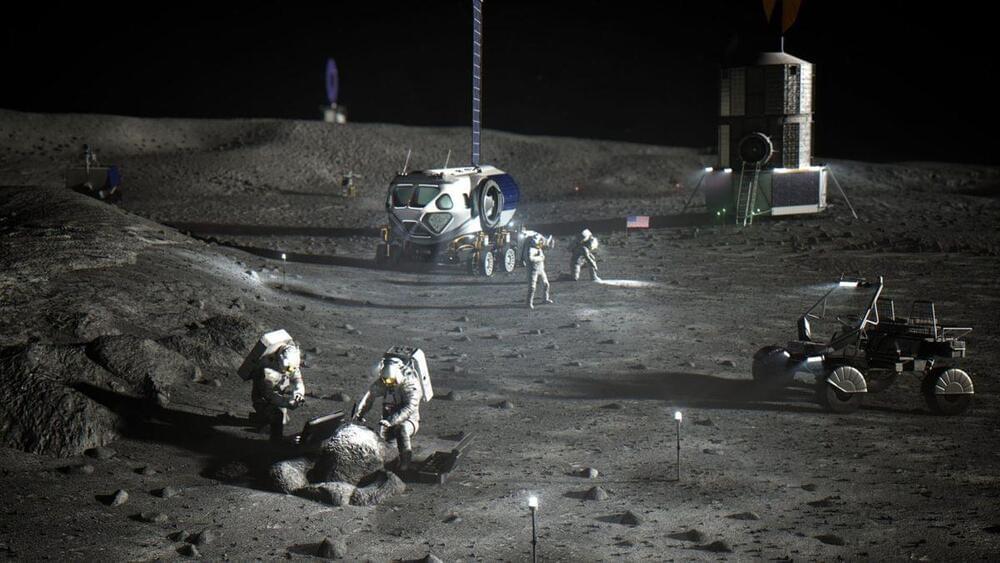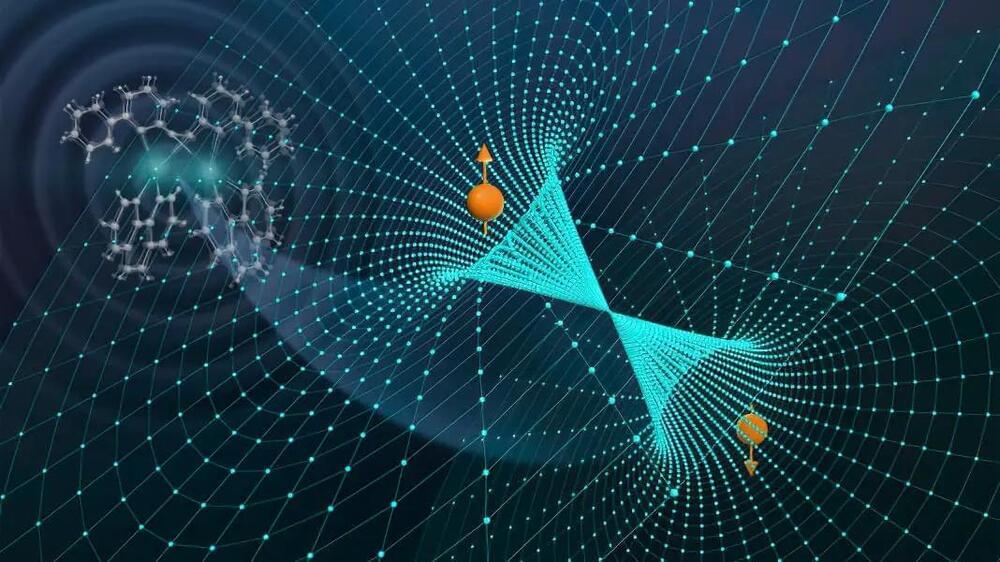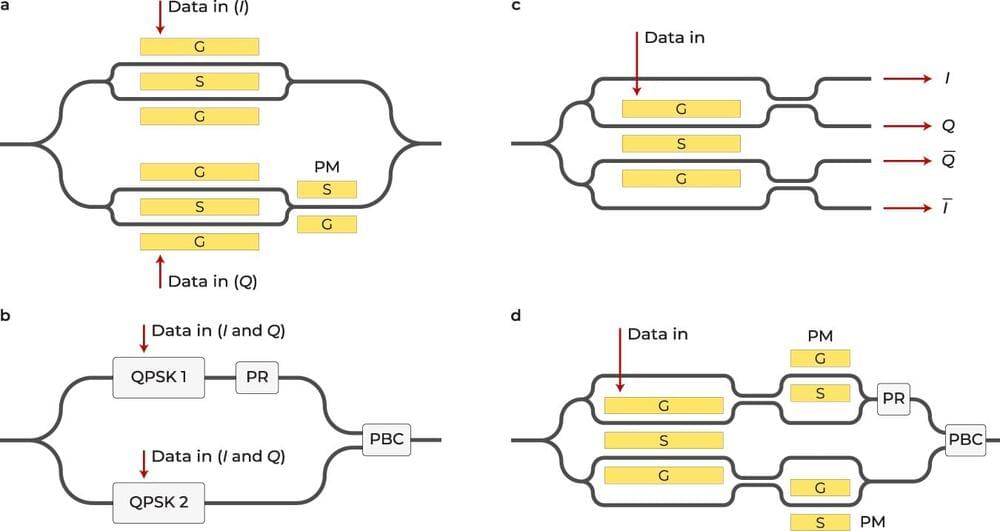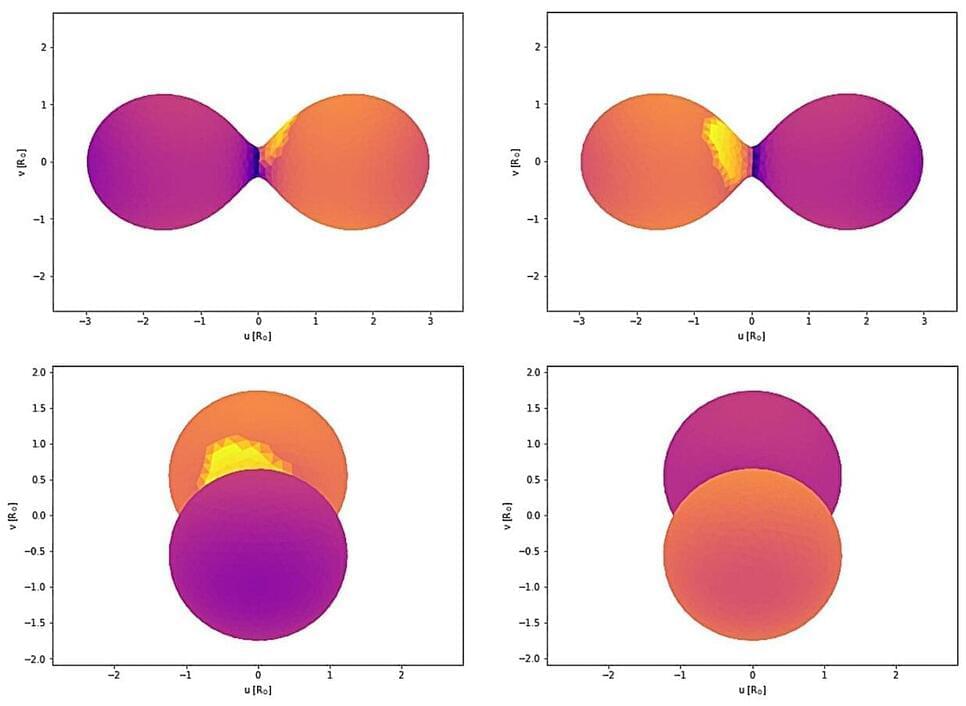For the first time, astronomers have directly imaged the faint glow of the diffuse cosmic web that stretches throughout the known the universe.
We often wonder where we might find a truly sustainable and abundant source of energy, and the answer might turn out to be in the emptiness all around us.
Watch my exclusive video Dark Stars At The Beginning Of Time: https://nebula.tv/videos/isaacarthur-dark-stars-at-the-beginning-of-time.
Get Nebula using my link for 40% off an annual subscription: https://go.nebula.tv/isaacarthur.
More on Infinite Energy https://infiniteenergy.org.
Visit our Website: http://www.isaacarthur.net.
Join Nebula: https://go.nebula.tv/isaacarthur.
Support us on Patreon: https://www.patreon.com/IsaacArthur.
Support us on Subscribestar: https://www.subscribestar.com/isaac-arthur.
Facebook Group: https://www.facebook.com/groups/1583992725237264/
Reddit: https://www.reddit.com/r/IsaacArthur/
Twitter: https://twitter.com/Isaac_A_Arthur on Twitter and RT our future content.
SFIA Discord Server: https://discord.gg/53GAShE
Credits: Zero Point Energy & Vacuum Energy.
The IEEE has certified the first standard for Li-Fi, a high-speed digital communication standard in the infrared (IR), visual light, and ultraviolet (UV) spectrums.
With the certification of the Li-Fi (light-fidelity) standard, 802.11bb-2023, a new era has opened up for local area wireless communications. Li-Fi refers to wireless data communications using light rather than the radio waves used by Wi-Fi. It is faster, immune to electromagnetic interference, and more difficult to intercept. It operates by modulating near-infrared, visual, or near-ultraviolet LEDs, making any LED source a potential access point.
The first asteroid sample collected in space by a U.S. spacecraft and brought to Earth is unveiled to the world at NASA’s Johnson Space Center in Houston on…
NASA has issued a request for “lunar freezer” designs that can safely store materials taken from the moon during planned Artemis missions.
According to a request for information (RFI) posted to the federal contracting website SAM.gov, the freezer’s primary use will be transporting scientific and geological samples from the moon to Earth. These samples, the post specifies, will be ones collected during the Artemis program.
Humane, a stealthy software and hardware company, is clearly milking the media hype cycle for all it’s worth. The company’s origin dates all the way back to 2017, when it was founded by former Apple employees Bethany Bongiorno and Imran Chaudhri. In the intervening half-decade, the firm has been largely shrouded in mystery, as it has put together the pieces of a mystery wearable, which it promises will leverage AI in unique ways.
The company’s been buzzy since it first engaged with the media — well before it offered the slightest bit of insight into what it’s been working on. In spite — or perhaps because — of such mysteries, Humane is now an extremely well-funded early-stage startup.
At the tail end of 2020, it raised a $30 million Series A at a $150 million valuation. The $100 million B round arrived the following September, including Tiger Global Management, SoftBank Group, BOND, Forerunner Ventures and Qualcomm Ventures. It all seemed like a strong vote of confidence for the still stealthy firm. This March, it went ahead and raised another $100 million.
Nearly a century ago, physicists Max Born and J. Robert Oppenheimer developed a hypothesis about the functioning of quantum mechanics within molecules. These molecules consist of complex systems of nuclei and electrons. The Born-Oppenheimer approximation postulates that the movements of nuclei and electrons within a molecule occur independently and can treated separately.
This model works the vast majority of the time, but scientists are testing its limits. Recently, a team of scientists demonstrated the breakdown of this assumption on very fast time scales, revealing a close relationship between the dynamics of nuclei and electrons. The discovery could influence the design of molecules useful for solar energy conversion, energy production, quantum information science, and more.
The team, including scientists from the U.S. Department of Energy’s (DOE) Argonne National Laboratory, Northwestern University, North Carolina State University, and the University of Washington, recently published their discovery in two related papers in Nature and Angewandte Chemie International Edition.
Cancer relies on metabolism pathways to grow, which has Rogel Cancer Center researchers looking at how to use food and diet to exploit cancer’s vulnerabilities as a foundation of new potential therapies.
Learn more about the cancer research being done at University of Michigan Health Rogel Cancer Center: https://www.rogelcancercenter.org/research/programs.
Follow michigan medicine on social media:
Twitter: https://twitter.com/umichmedicine.
Whether you’re battling foes in a virtual arena or collaborating with colleagues across the globe, lag-induced disruptions can be a major hindrance to seamless communication and immersive experiences.
That’s why researchers with the University of Central Florida’s College of Optics and Photonics (CREOL) and the University of California, Los Angeles, have developed new technology to make data transfer over optical fiber communication faster and more efficient.
Their new development, a novel class of optical modulators, is detailed in a new study published recently in the journal Nature Communications. Modulators can be thought of as like a light switch that controls certain properties of data-carrying light in an optical communication system.
Astronomers from the Binary Systems of South and North (BSN) project have conducted photometric observations of a distant binary star known as V0610 Virgo. Results of the observation campaign, published Sept. 23 in a research paper on the pre-print server arXiv, indicate that V0610 Virgo is a low-mass contact binary system.
W Ursae Majoris-type, or W UMa-type binaries (EWs) are eclipsing binaries with a short orbital period (below one day) and continuous light variation during a cycle. They are also known as “contact binaries,” given that these systems are composed of two dwarf stars with similar temperature and luminosity, sharing a common envelope of material and are thus in contact with one another. In general, studies of contact binaries have the potential to reveal many details about the evolution of stars.
Located some 1,560 light years away from the Earth, V0610 Virgo is an EW with an apparent magnitude of 13.3 mag. Although not much is known about this system, previous observations have found that it has an orbital period of approximately eight hours.
